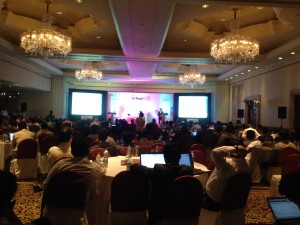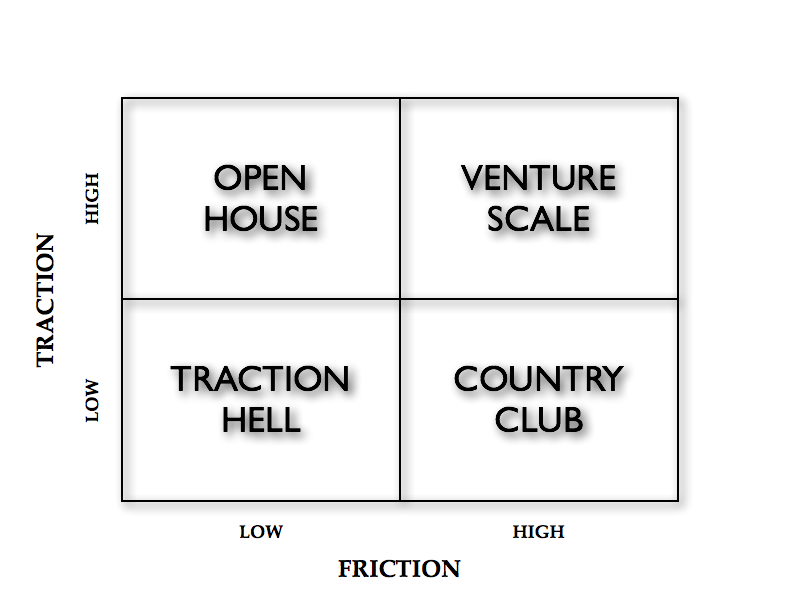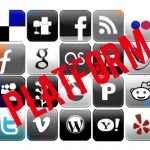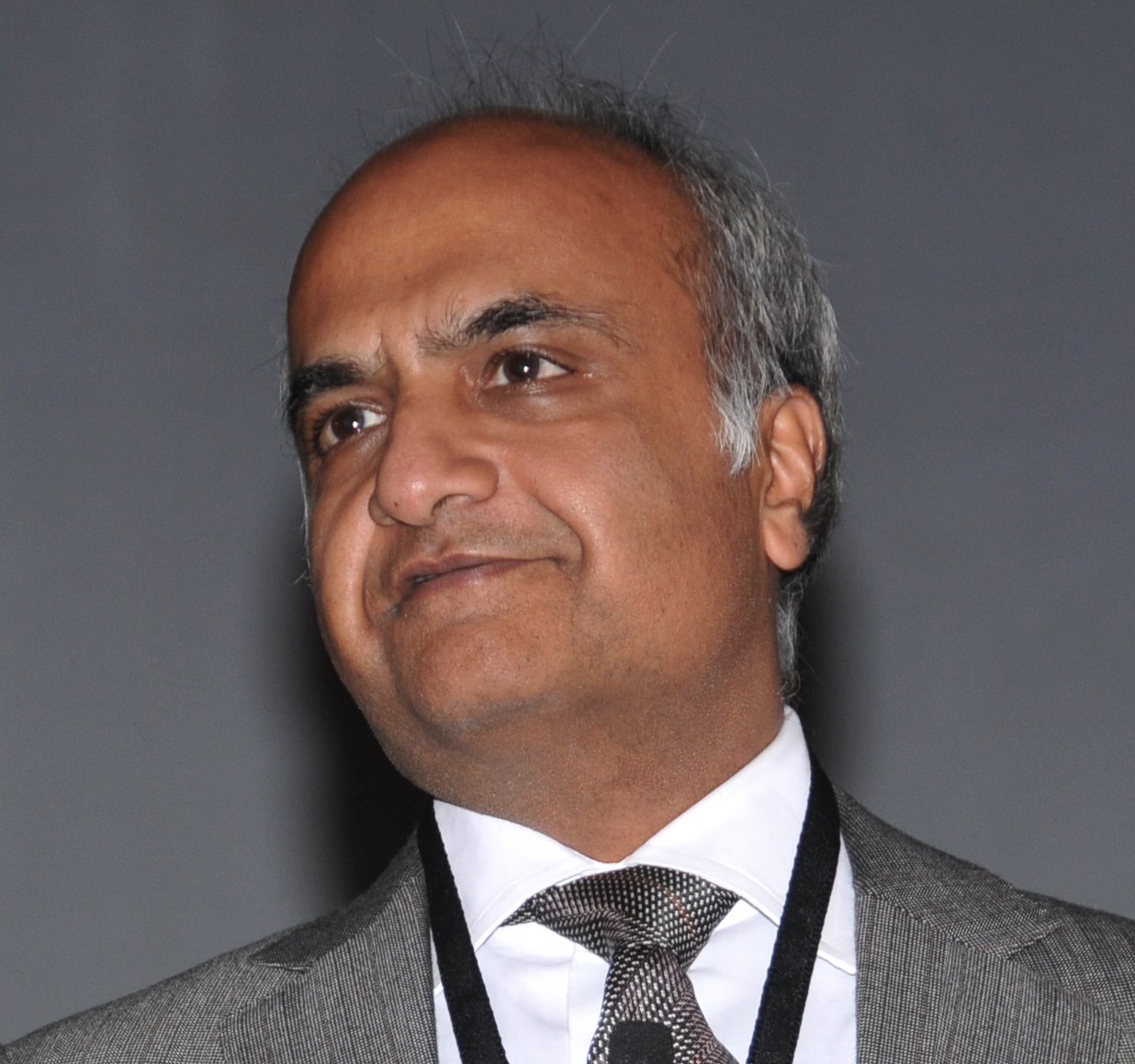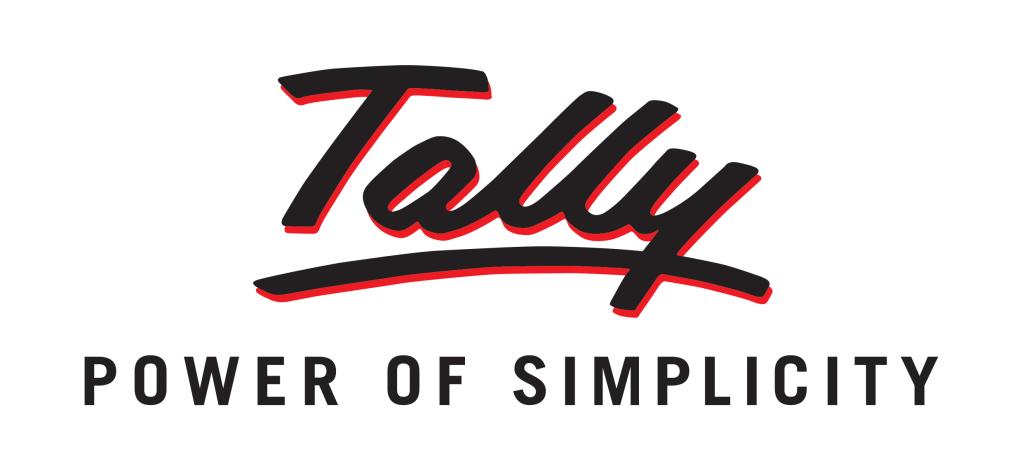InTech50 is a joint initiative by iSPIRT and Terrene Global Leadership Network. InTech50 is a showcase of some of the most promising software products created by entrepreneurs from India. This is the 1st InTech50 and is going to be an yearly event.
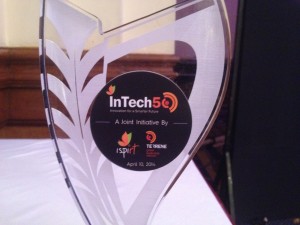
The inaugural edition of InTech50 saw great participation: 50 Top Indian product companies showcased their products to 25 Global CIOs, 25 CIOs from top Indian companies, 25 top investors, angels and accelerators from US and India and several visionaries and media across India and US.
Piyush Singh and Sharad Sharma co-chaired InTech50 2014 and put together an excellent program for 2-days. Day 1 was all about content-rich talks and panel discussions from visionaries and experts to inspire and guide the product companies. Day 2 was dedicated to the 50 InTech50 companies to pitch their products and was also interspersed with highly relevant talks and panel discussions. This post covers Day 1, Day 2 is covered here.
Opening Session
Sharad Sharma shared some very interesting statistics in his welcome address:
- 40% of Indian startups are in Bangalore
- 40% of Asian statrups are in India
- By next year, India will be the 2nd largest hub by number of startups.
- 82% of Indian startups focus on a global market.
Read more statistics in the InTech50’s booklet.
Sharad mentioned that there are three broad areas where he sees growth in the Indian Software Product companies.
1. Software Infrastructure: This includes things such as security, BYOD, cloud, app management.
2. Decision Infrastructure: Analytics, Big Data
3. Innovative Applications.
One of the initiatives of iSPIRT is to educate small Indian businesses about SAAS potential and products. Today, this knowledge is lacking and these businesses are not informed buyers. So far, 60,000 small businesses have been trained by iSPIRT on SAAS.
Another iSPIRT initiative is working with the corporate development teams in large enterprises to foster M&A of startups.
Welcome Address
Dr. Srivatsa Krishna (IAS, Secretary for IT, BT and S&T, Government of Karnataka) enthralled the audience with his presentation on “Why India Rocks”.
Dr. Srivatsa shared interesting facts that to establish his premise of Why India Rocks.
- Indian IT Industry contributes to 8% of GDP and 25% of exports.
- 80 of 117 CMM Level 5 companies are Indian.
- IT revenues grew from USD 100 million revenue in 1992 to USD 100 billion in 2013.
- 100 Indian companies have more than $1 billion market cap.
- 150 of Fortune 500 companies have R&D centers in India.
- 400+ of Fortune 500 companies outsource work to India.
- Literacy in India has crossed 80%
- By 2020, there will be 20 lakh IT professionals in Bangalore.
- Along with IT, Gaming and Movies is also growing big time in India. Labs in Bangalore created substantial portions of movies such as Skyfall and Life of Pi.
- A huge Media City is being planned in Bangalore where most of the post-production work of movies is envisioned to happen. The Media City will do to the digital movie and entertainment industry what Electronic City did to the Indian IT Services Industry.
- What started as labor arbitrage in the initial days of IT industry has now grown up in the value chain. Mu-Sigma is an example of a world-class product company from Bangalore that has now more than 4000 employees and is the 2nd largest big data analytics company in the world.
Bangalore is already the IT capital of the world. The next step is to make it the Innovation and Startup capital of the world.
Dr. Srivatsa mentioned that the government is being a catalyst and enabler. Along with the big cities, Tier 2 and Tier 3 cities such as Mysore are also being developed.
One of the initiatives is to offer land for free if the company creates jobs. For every 1000 jobs created, the Govt. of Karnataka will give 1 acre of land free on a long-term lease. There are also exemptions from outdated labor laws and special tax breaks are available to encourage the Software industry.
On the flip side, he also mentioned that there are challenges such as being ranked 132nd in the world to do business, long time taken in courts to enforce contracts etc. The good news is that that government is working harder and faster towards making it better.
Opening Keynote
Kiran Karnik, Member, National Innovation Council, Government of India, visionary ex-President of NASSCOM, and the prestigious Padmashree award winner, delivered the keynote.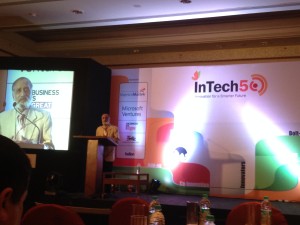
Mr. Karnik said that Innovation and Software Products are the two main areas that will drive growth for India.
According to him, India is poised for success because of the 3 D’s:
1. Democracy: Though there are some bottlenecks with respect to government speed and enforcements, it is trying its best to promote the industry and is improving day by day.
2. Diversity: Most of the innovations happen when there is good diversity – e.g. bay area and east coast of USA. India also has a varied diversity and the cross-pollination fosters creativity.
3. Demographics: The largest chunk of the population of India is young and this human capital is a great asset.
India has the unique combination of cheaper, better and quicker. Some other countries have one or two of these attributes, but India has the unique advantage of possessing all three attributes. The Indian work ethic is now famous in the world. While this is giving an edge to India currently, our future depends on how we innovate and differentiate.
The Indian IT Services industry has done tremendous service to the country and has created a very good foundation of talent and branding. The product companies should now leverage this and take us to the next orbit. The future of India is in Software Products.
DNA of product companies is different from services companies. Not just in India, but world over, due to the different goals and business models. It is difficult for service companies to become product companies. Startups are ones that will make disruptive products. Startups should target global markets, but they should also leverage the local markets for validation, testing and getting the product right.
Highlights And Takeaways from other sessions
Product successes are happening from India and we will see many more in the coming years.
During the early stages, startups must incentivize early adopters by giving them special deals such as co-development, deeply discounted prices, royalties etc. From the early days on, it is best to build the product along with a live customer.
Companies should keep an eye for serendipitous events and leverage them.
Shoaib Ahmed of Tally said that they resisted the urge to take to services. They remained focused on being a product company. According to Shoaib, the key reasons for Tally’s success are the mantras of “Customer First”, “Partner Growth” and “Building a Reputation”. They also leveraged inflection points in their industry – for example, when VAT was introduced in India.
Product Design and User Experience
Karthik Sundaram, from Purple Patch, shared his insights on product design and user experience, emphasizing that products should pay close attention to the 4Cs of great design:
1. Clarity.
2. Context (of the user).
3. Confidence (make the useful feel confident to use the tool easily)
4. Cheer (make it an enjoyable experience.
The current trends are predictive design, self-service design and ubiquitous design (across all devices).
The mindset should change from ‘What can the product do?” to “What can it do for the customer?”. If focus is lost from the customers’ needs, the product will become irrelevant. For example, Netflix and Amazon were disruptive to Blockbuster and Barnes and Noble because they made it that much easier for the customer.
Rishi Krishnan, from IIM Indore, gave his insights on how to make product innovation work. According to Rishi, if the following three attributes are satisfied, the chances of success increase by a large amount.
1. Painpoint. It has to solve a real painpoint for the customer.
2. Wave. The currently talked about area, which is doing the buzz.
3. Waste. Areas where there is lot of wastage are prime candidates for companies to optimize.
One example he gave was of Vigyan labs in Mysore. Vignan labs are working on controlling power consumption in data centers. They are satisfying all the above three attributes and hence he sees a very good future according to him.
Rishikesha gave another example where he contrasted Ace Commercial Vehicle (4 wheeler for last mile transport of goods) and Nano car, both products from Tata Motors. Ace has been a tremendous success, while Nano is not. And the primary reason is that customers drove the requirements for Ace, and customers were involved at each stage from conception to delivery. Market input is key. Product managers should know how people use their product and in what context. Concepts such as lean startup are very relevant for startups. You need to do rapid experiments to validate your assumptions. Experiment with business models too, not just technology. For example, Google does around 20,000 experiments every year – only 500 of them go live.
Mukund Mohan, from Microsoft Ventures, educated the audience about the cultural differences between Indians and Westerners using vey effective role plays. For example, how Indians expect the product to speak for itself, and focus more on the product features rather than customer needs. One of the key takeaways is to understand the customer in their context, understand their pain points and establish a personal connection. First ensure that the counterpart is interested in doing business with you – that is the first step before looking into the merits of your offering.
Valuation
Rob discussed several technical terms and valuation methodologies, making the audience realize that it is a non-trivial and complex subject. The key takeaway is that the VC financing terms are more important than pricing. Make sure you consult a professional and understand the financing terms before you sign up with investors.
Try to create a competitive process for the VCs. Having multiple VCs interested leads to a bidding process and gets the best deal for the entrepreneur.
Investment is a relationship game. Find a VC with whom you can gel well. This is going to be a long-term relationship and it is very important that you like each other. This is the most important consideration and the not the amount of money being invested or the amount of dilution. If possible, find an investor who has got reserves for follow-on investments. This will be useful if you need more money as the investors also want to protect their prior investments in you and will be more open to invest if they can.
Another key takeaway is to not raise money when you are desperate. Better to raise money before you get to that state. And maintain your momentum during the fund raising process to show continuous results. Find VCs whose strategy and success fits your business. Understand what is important to your prospective investors.
Manjunath Gowda sold S7 Software for US $8.5 million in 2010. S7 Software was in the space of Software Migration and built tools and provided Software Migration services. While pitching to BlueCoat – a US based company, BlueCoat expressed interest in acquiring S7 Software to become their India R&D center. The valuation was very tricky and Manjunath was recommended different models by different gurus – such as discounted cash flow analysis, multiple of annual revenue etc. Manjunath quickly realized that these models were not relevant in his situtation. Manjunath found out the real reason why BlueCoat was interested and what BlueCoat would have gained from the acquisition – in this case the engineering talent of S7 Software. Once that was clear, the valuation focused on benefit to BlueCoat and not on the standard textbook models. To paraphrase Manju – ‘Similar to how beauty is in the eyes of beholder, valuation is in the eyes of the buyer”.
Kumar Rangarajan from Little Eye Labs, the current rock star of the Indian Software Product ecosystem (first Indian acquisition by Facebook), gave an inspiring speech about their entrepreneurial journey and how they were focused on their vision and were flexible to adapt and planned for acquisition as their exit strategy.
Please continue reading the highlights of day 2 here.


